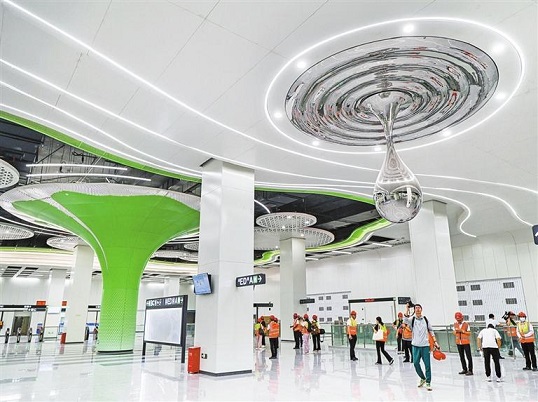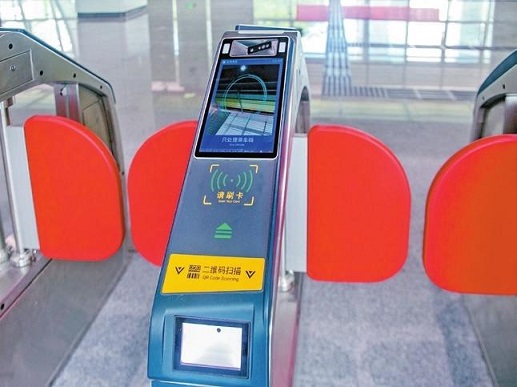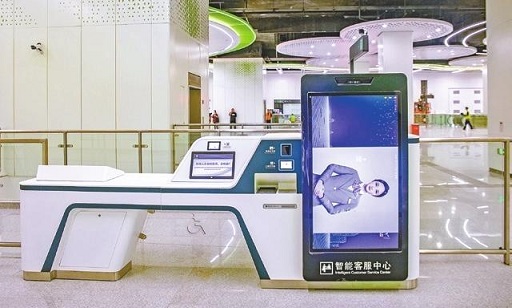Shenzhen
 2024/11/19
2024/11/19
 source: Shenzhen Daily
source: Shenzhen Daily
 Print
Print

A view of Xinsheng Station on the Shuanglong-Pingdi section of Metro Line 3, which is slated to begin operations within the year. Liu Yujie

A new turnstile at Xinsheng Station. Photos courtesy of SZ Metro

The smart customer service center at Xisheng Station.
Han Ximin
1824295095@qq.com
AS the year draws to a close, Shenzhen is preparing to open five new Metro lines that will enrich passengers’ commuting experience with cutting-edge technologies, intelligent management strategies, and sustainability.
With a combined distance of 28 kilometers, these new lines will introduce an innovative 1-meter turnstile ticket check system. Utilizing technology-driven visual detection algorithms, this pioneering system aims to enhance travel safety and convenience while significantly reducing ticket revenue losses.
The new lines include the Shuanglong to Pingdi section of Line 3 in Longgang District, the Xili Lake to Shenzhen University section of Line 7 in Nanshan District, a segment of Line 13’s Phase I in Nanshan District, the Gangxia North to Huaqiang South section of Line 11 in Futian District, and the Shenzhen Waterlands Resort to Songgang section of Line 12 in Bao’an District.
These state-of-the-art Metro stations will prominently feature advanced customer service centers equipped with self-service areas, 55-inch touch screen displays, and AI-driven digital employees. These centers will meet multiple passenger needs — from ticket processing to bio-ticket registrations and more.
Furthermore, these new Metro lines are pioneering green, low-carbon initiatives that will set a new standard for sustainability. For instance, Liyuan Station, the elevated stop on Line 3’s Shuanglong to Pingdi section, uses photovoltaic panels to power the station’s lighting, air conditioning, and escalators. The Shangshuijing Depot of Metro Line 5 uses low-carbon technologies to achieve near-zero carbon emissions, making it the country’s leading near-zero Metro facility.
Trains on Line 12 Phase II feature a permanent magnet autonomous driving system, an innovative first for the city. Using high-performance magnetic field vector control technology, this system improves responsiveness and energy efficiency, reducing train traction energy consumption by over 20% compared to traditional motors.
The Gangxia North to Huaqiang South section of Line 11 is introducing innovative virtual ticket vending machines that issue virtual QR code single-journey tickets. This will reduce reliance on traditional vending machines and lower costs while improving efficiency.





